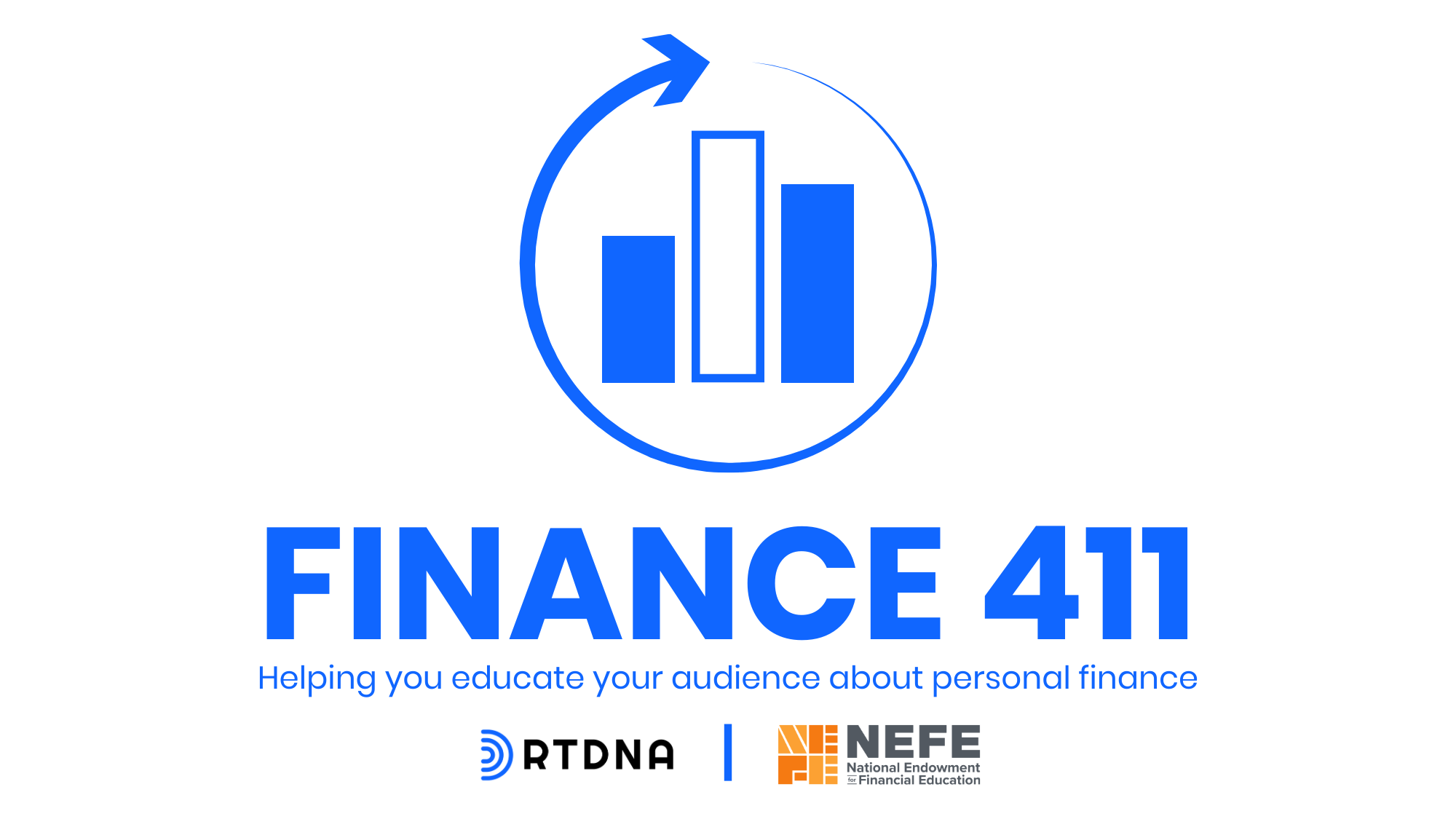Money Matters: Making interest rates interesting

This week, the Federal Reserve raised the target federal funds rate from 1.5 percent to 1.75 percent and indicated that additional increases are likely to come
What does that mean?
The Federal Reserve monitors interest rates, keeping them low to incentivize borrowing and spending, and raising them when the economy is growing.
Technically, the federal funds rate is the rate at which banks lend funds to each other overnight to ensure they’ve met the federal requirements for cash reserves. The Federal Reserve sets a target rate it wants banks to charge each other, and incentivizes banks to lend at the target rate by adjusting the supply of securities.
Complex, to be sure. And what is the bottom line for consumers?
Again, the answer is complex.
In general, higher interest rates can be good for savers (pushing APYs, or annual percent yields higher) while making it more expensive to borrow (through higher APRs, or annual percentage rate of charge).
Who does it help?
- A higher federal funds rate can push interest rates for various saving mechanisms higher, but it depends on the bank and the type of savings.
- Often, savers will need to compare competing banks to find better rates, and the differences are likely to be small.
- Check with your local banks, credit unions, and online banks for their current rates. Compare rates and trends.
Who does it hurt?
A higher federal funds rate can make it more expensive to borrow. If consumers have existing debt, or are considering borrowing, it may be getting more expensive.
- Credit card debt: Credit card interest rates are usually variable, which means they can change at any time, and are tied to the prime rate, or the rate banks charge their biggest corporate clients. The prime rate correlates with federal funds rate, so when the federal funds rate goes up, credit card interest often does too.
- Mortgages: Adjustable rate mortgages are tied to U.S. Treasury note yields, which also correlate with the federal funds rate, so mortgage rates may go up too, though the change can take longer than with credit card rates.
- Home equity credit lines: These are pegged to the prime rate, so they may move higher just as credit card debt.
- Auto loan rates may increase some.
- Student loan rates: Loan interest rates are likely to go up, with the amount and timing depending on what other rates they are tied to, which can vary among private lenders.
- Stocks and bonds: Higher federal funds rates can contribute to fluctuation in stock and bond prices, which tends to mostly affect short-term investors, but anyone with a 401(k) may want to readjust their investments.
What’s next?
This week’s change is very small, and is unlikely to have significant impacts on individual consumers. However, rates are expected to continue to slowly increase, which could compound into bigger effects ahead. As a consumer reporter, you can help your audience anticipate and prepare now for these changes.
How to cover it
- Break down terms like APR (which includes not just interest, but fees) and APY.
- Define and compare federal funds rate, prime rate, U.S. Treasury note yields.
- Walk through example senarios using Jane and John Does.
- Use visuals. This is a great opportunity to get your graphics department involved. Use coins or other props to show the amount of change in interest costs consumers may see. Note that the changes are, for the moment, relatively small.
Weekly Money Matters personal finance content for your newsroom is sponsored by the National Endowment for Financial Education. Submit your story idea.
